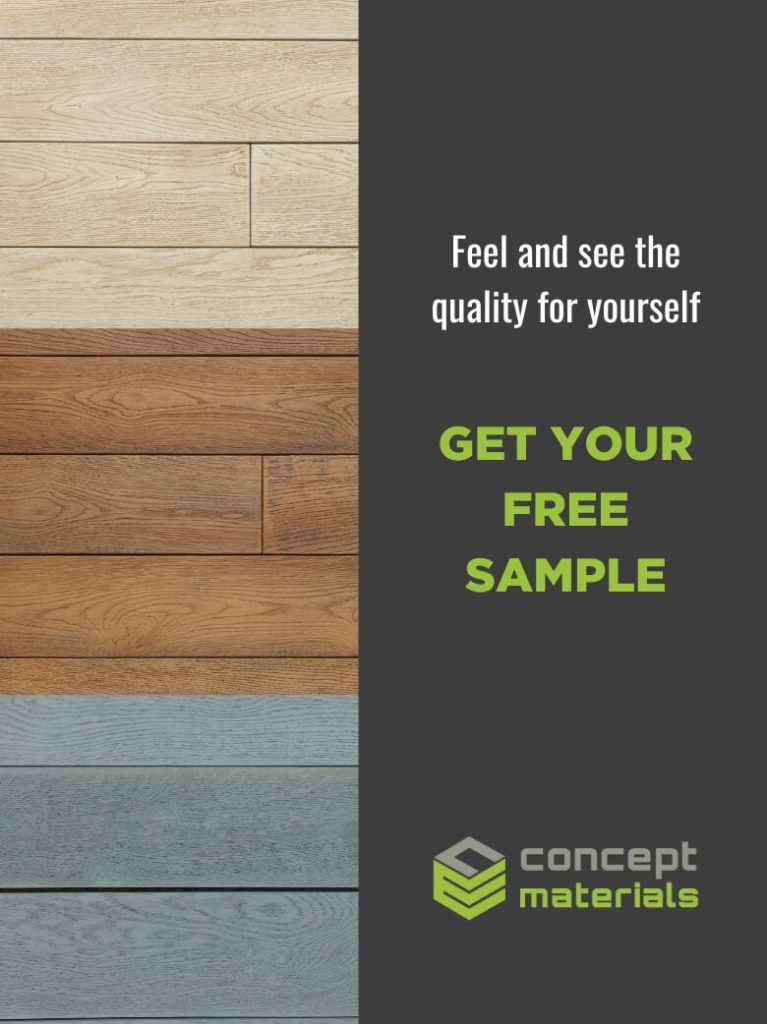Imagine if you could add a layer of protection to your beloved home, helping it stand stronger against the harsh elements. Apart from the extra protection, this layer can also improve your property’s aesthetic value – adding colour, texture, and dimension to your walls. You can have all these and more when you install external cladding for your home.
Cladding is the process of layering materials on the surface of a home or a building. The purpose of the added layer is to protect the structural materials against exposure to heat, cold, and moisture which could lead to deterioration over time. It can also add visual interest and improve thermal insulation for interior spaces.
Before you start a cladding installation project, there are some factors you need to consider to ensure its success. Read on to learn more about these factors.
1. Home structure
The first factor to consider when cladding a house is the structure of your home. Adding external cladding materials to flat walls and surfaces is a lot easier compared to structures with curves and intricate details. Essentially, your choice of cladding materials will depend on the types of surfaces to be covered. You may also require a design specific to the surface structure to achieve your desired visual effect and quality.
If your project involves curved surfaces, it’s best to consult a building supplier since the process may require a certain level of expertise. A professional can also provide insight and expert advice on the right external cladding design and materials for your home structure.
2. Aesthetic quality
The cladding colour, texture, and design you choose are essential as they can significantly impact your home’s aesthetic quality. Apart from these, you also need to take into account other factors that may affect visual appeal. For instance, you’ll also need to consider the colours and designs of the exteriors of the neighbouring houses and buildings to see if your choice of cladding will match or clash with its surroundings.
Furthermore, your choice of colours will depend on the climate in your location. For instance, homes in Australian climates would benefit from having light-coloured cladding due to the high temperature that it encounters, especially in the summer months. For light-coloured cladding you can explore neutral and muted tones. Grey hues, for instance, can be a great choice as the colour reflects 90% to 95% of available light. Aesthetic-wise, grey also works as a great base colour that you can enhance with bold-coloured décor to achieve visual balance.

3. Longevity and durability
Different cladding materials offer varying lifespan lengths and durability. For instance, stone, tile, or brick cladding can be used for your home’s exteriors since these materials can easily withstand harsh elements. However, this may not be true for timber cladding and other hardwood materials.
Millboard cladding is a great option if you want to achieve the timeless beauty of wood, without dealing with the maintenance requirements for natural or wood-based products. Millboard is wood-free, but it is moulded from different types of timber. It’s meant to perfectly replicate the appearance of authentic wood while also being:
- Resistant to warping, rotting, and splitting
- Resistant to algae, weathering, and UV damage
- Low-weight and high-strength
Millboard is the ideal composite cladding material if you’re looking for something that offers strength, stability, and high aesthetic value that you can easily maintain for years to years to come.
4. Maintenance
Cladding made with metal, steel, concrete, cement, stone, or plastic materials is low on maintenance, though they may cost more to buy and install. Meanwhile, wood and composite cladding sit on the other end of the maintenance spectrum – with wood requiring the most maintenance of all cladding materials and composite cladding requiring little to none.
5. Cost
The total cost of your external cladding project would include prices for the materials and installation for the initial period, followed by maintenance expenses. It’s essential to consider the costs you’ll incur for maintenance because they’ll add up to the total value of the material in the long term.
Prices vary depending on the type of material. You can also expect to pay an average of AUD$55 per hour for professional cladding installation services.
6. Adherence to local policies
You’ll also need to consider government regulations when planning a home cladding project. For instance, the Australian government requires homes built in Bushfire Prone Areas or BPA to achieve a Bushfire Attack Level (BAL) minimum rating of 12.5. To achieve this, you can consult with your contractor and see which materials would help you meet this requirement. Some rural or bushland areas may also require a specific colour for cladding.
Conclusion
It’s essential to consider these factors before starting a home cladding project to ensure you get exactly what you’re looking for. Cladding a house will also significantly impact your property’s appeal and value in the market, so you’ll need to consider these aspects before you begin. Contact us to learn more about which cladding material is the right match for your project.








